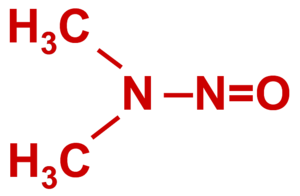About Mushk Budiji Rice | Ias Banenge
Context:
Recently, scientists at the Sher-e-Kashmir University of Agricultural Sciences and Technology (SKUAST), Srinagar, reported that altitude and temperature play an important role in the development of mushk budiji rice.
Relevance:
GS II: Government policies and Interventions
READ MORE – Analysing The India Employment Report 2024
About Mushk Budiji Rice
Origin and Cultivation:
- Mushk Budiji Rice is an indigenous aromatic rice variety cultivated in the Highland Himalayas.
- Typically grown at altitudes between 5000 to 7000 ft above mean sea level, it thrives in the higher reaches of the Kashmir valley.
Physical Characteristics:
- This rice variety is short, bold, and possesses a distinct aromatic quality.
- When cooked, it offers a unique blend of taste, aroma, and rich organoleptic properties.
Cultivation Regions:
- Predominantly cultivated in specific areas such as Sagam, Panzgam, and Soaf Shali in Anantnag district, and the Beerwah belt in Budgam district.
Traditional Consumption:
- While once widely consumed, the consumption of aromatic rice like Mushk Budiji in Kashmir has become limited to special occasions, weddings, and festivals.
Recognition:
- It has been accorded a Geographical Indication (GI) tag, highlighting its unique regional identity.
Highlights of the Study
Flavor Profile Analysis:
- Scientists employed gas chromatography-mass spectroscopy (GC-MS) and an ‘electronic nose’ to study the flavor profile of the rice from selected locations.
Findings:
- The study revealed 35 volatile organic compounds (VOCs) in rice samples.
- Aldehydes (compounds with the -CH=O functional group) were found to range from 6.33% to 29.09%, while alcohols (-OH) ranged from 0.47% to 30.34%.
- Acetyl-1-pyrroline (2-AP), a known aromatic compound, was detected only in Mushk Budiji samples from higher altitudes, especially in Budgam and Kupwara districts.
What is Chromatography-Mass Spectroscopy?
Definition:
- Chromatography-mass spectroscopy (GC-MS) is an analytical technique employed to identify and quantify volatile compounds present in organic mixtures.
Applications:
- This method finds applications in analyzing compounds extracted from geological, environmental, and biological samples, aiding in detailed chemical profiling and characterization.
SOURCE-The Hindu





Pingback: Current Affairs 30 March 2024| Ias Banenge